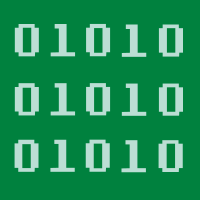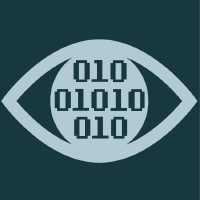Topic Editors



Research on Deep Neural Networks for Video Motion Recognition

Topic Information
Dear Colleagues,
Deep neural networks have been widely used for video motion recognition tasks, such as action recognition, activity recognition, and gesture recognition. This Topic call aims to bridge the gap between theoretical research and practical applications in the field of video motion recognition using deep neural networks. The articles are expected to provide insights into the latest trends and advancements in the field and their potential to address real-world problems in various domains. The issue will also highlight the limitations and open research problems in the area, paving the way for future research directions. The contributions are expected to provide a comprehensive and detailed understanding of the underlying principles and techniques of deep-neural-network-based video motion recognition, facilitating the development of innovative solutions and techniques to overcome the existing challenges in the field. Topics of interest include but are not limited to:
- Novel deep neural network architectures for video motion recognition;
- Learning spatiotemporal features for video motion recognition;
- Transfer learning and domain adaptation for video motion recognition;
- Large-scale video datasets and benchmarking for video motion recognition;
- Applications of deep neural networks for video motion recognition, such as human– computer interaction, surveillance, and sports analysis;
- Applications of explainable artificial intelligence for video motion recognition.
Prof. Dr. Hamad Naeem
Prof. Dr. Hong Su
Prof. Dr. Amjad Alsirhani
Prof. Dr. Muhammad Shoaib Bhutta
Topic Editors
Keywords
- deep learning
- video analysis
- motion detection
- computer vision
- neural networks
Participating Journals
| Journal Name | Impact Factor | CiteScore | Launched Year | First Decision (median) | APC | |
|---|---|---|---|---|---|---|

Future Internet
|
2.8 | 7.1 | 2009 | 13.1 Days | CHF 1600 | Submit |

Information
|
2.4 | 6.9 | 2010 | 14.9 Days | CHF 1600 | Submit |

Journal of Imaging
|
2.7 | 5.9 | 2015 | 20.9 Days | CHF 1800 | Submit |

Mathematics
|
2.3 | 4.0 | 2013 | 17.1 Days | CHF 2600 | Submit |

Symmetry
|
2.2 | 5.4 | 2009 | 16.8 Days | CHF 2400 | Submit |

MDPI Topics is cooperating with Preprints.org and has built a direct connection between MDPI journals and Preprints.org. Authors are encouraged to enjoy the benefits by posting a preprint at Preprints.org prior to publication:
- Immediately share your ideas ahead of publication and establish your research priority;
- Protect your idea from being stolen with this time-stamped preprint article;
- Enhance the exposure and impact of your research;
- Receive feedback from your peers in advance;
- Have it indexed in Web of Science (Preprint Citation Index), Google Scholar, Crossref, SHARE, PrePubMed, Scilit and Europe PMC.


